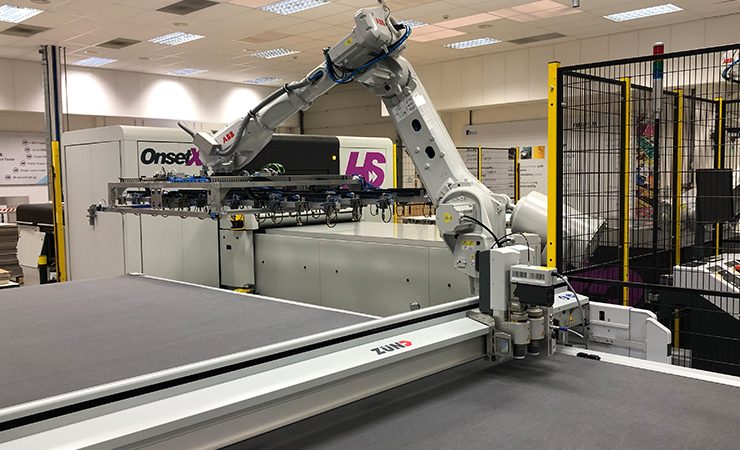Agfa has acquired Cambridge-based Inca Digital Printers, subject to meeting and obtaining customary conditions and approvals, in a move that both boosts its digital printing business and puts the foundations in place for a focus on growth in the packaging market.
Inca Digital Printers develops and manufactures high-speed printing and production technologies for both the sign and display market and for digitally printed packaging. Agfa believes Inca boasts a complementary portfolio of printing solutions and that it will provide a ‘strong technological platform to launch robust single pass printing presses for the packaging market.’
‘The Inca acquisition is a major step in Agfa’s transformation,’ said Pascal Juéry, president and CEO of Agfa. ‘Digital printing is a profitable growth engine for the group with a tremendous potential that will be further accelerated by the addition of Inca.’
The acquisition includes Inca’s existing portfolio of high-speed multi-pass printers, a newly designed line of single-pass printers for packaging applications and and a joint development (with leading corrugated manufacturer BHS Corrugated) of a customised in-line print engine.
Stephen Tunnicliffe-Wilson, CEO/CTO of Inca, commented, ‘The acquisition by Agfa allows us to combine our technological knowhow and will enable us to become a leading digital packaging press manufacturer worldwide. Our new parent has shown long term commitment to the digital printing market and we are extremely proud and look forward to becoming part of the Agfa family.’
Vincent Wille, president of Agfa’s Digital Print and Chemicals division, added, ‘The combination of Inca Digital’s manufacturing knowhow and Agfa’s technical expertise, worldwide presence and excellent service networks will allow us to bring unparalleled printing solutions to our customers and to adapt seamlessly to their needs in this rapidly evolving space. This investment leverages and strengthens our position in the high-end and high speed wide format market as a whole and specifically in the promising packaging segment.’


